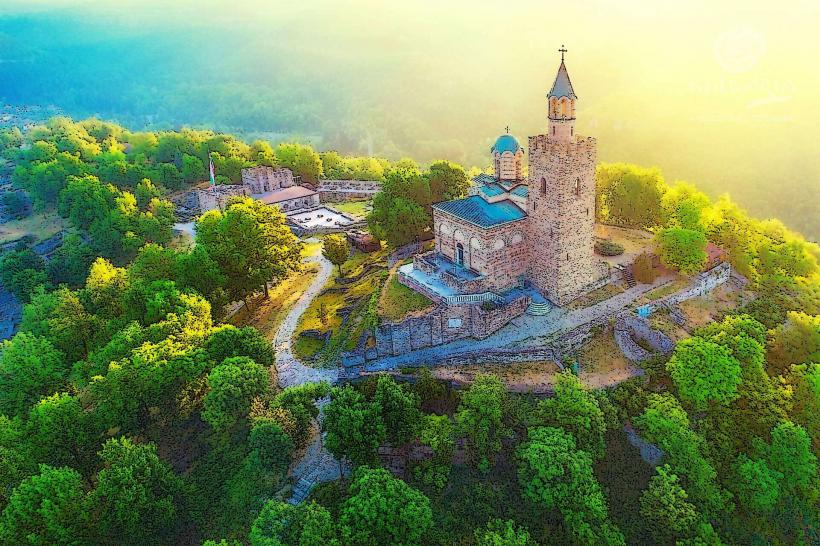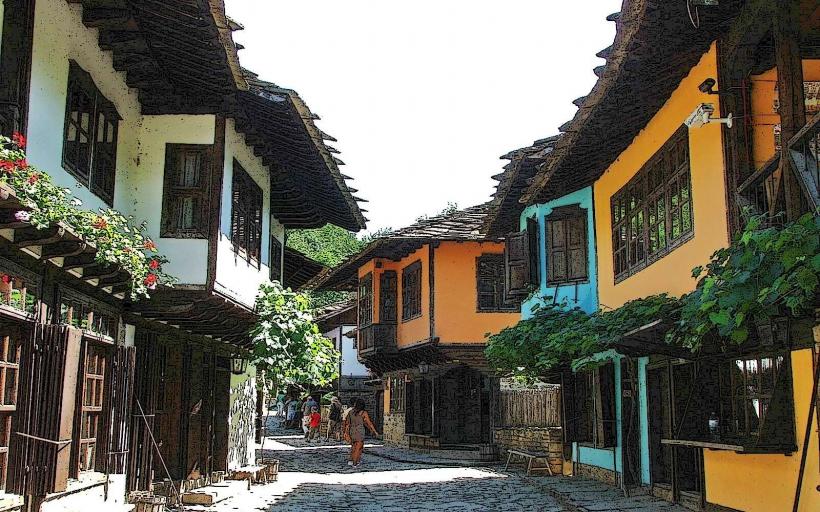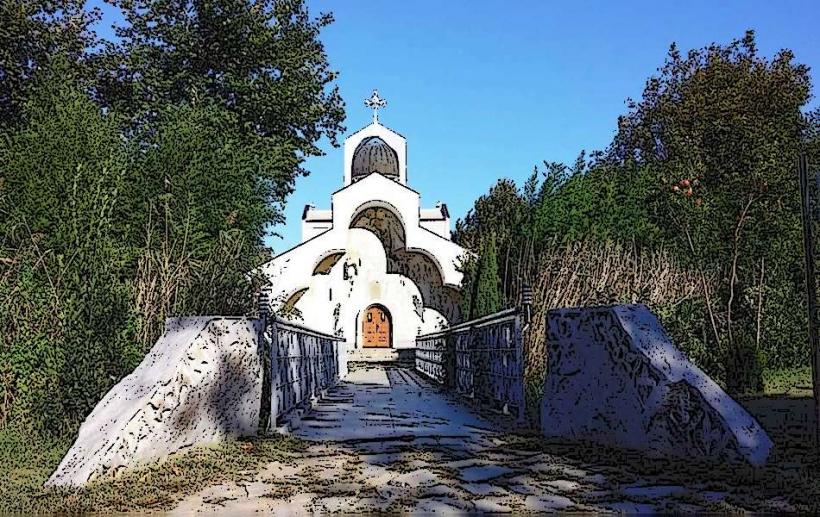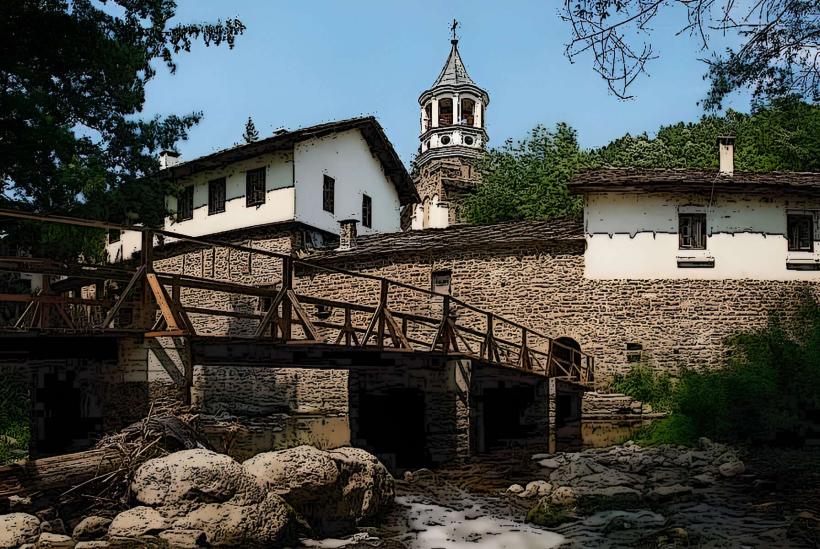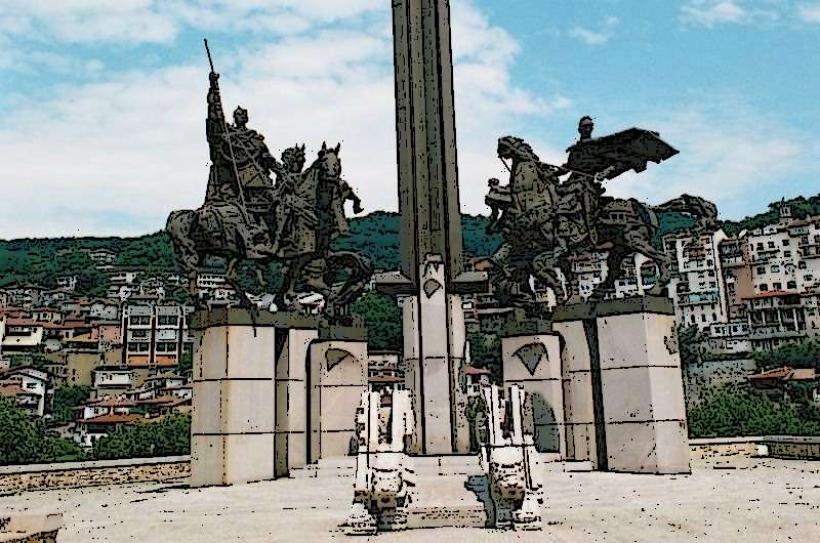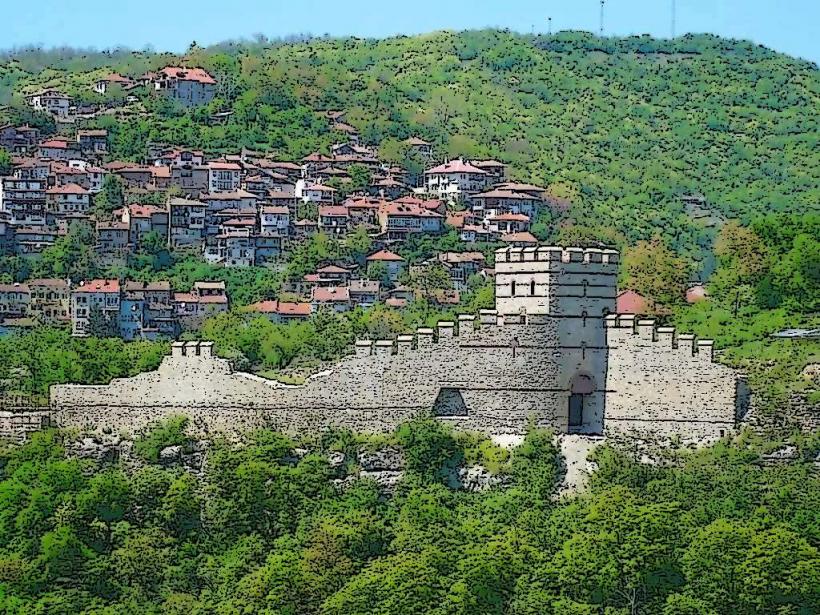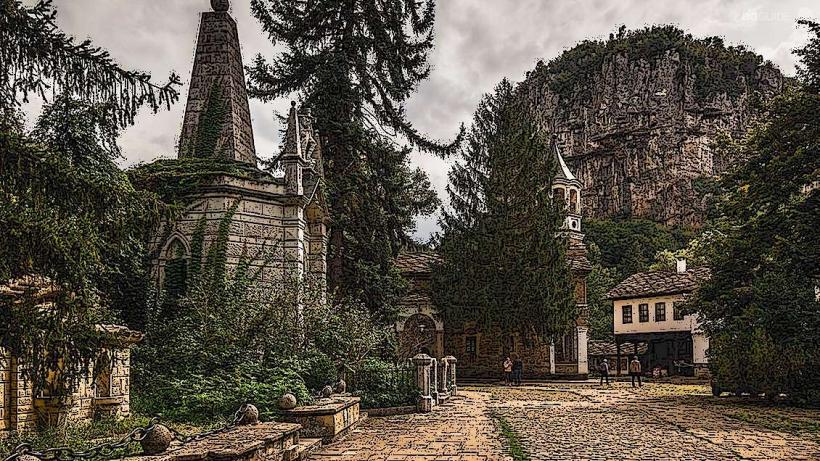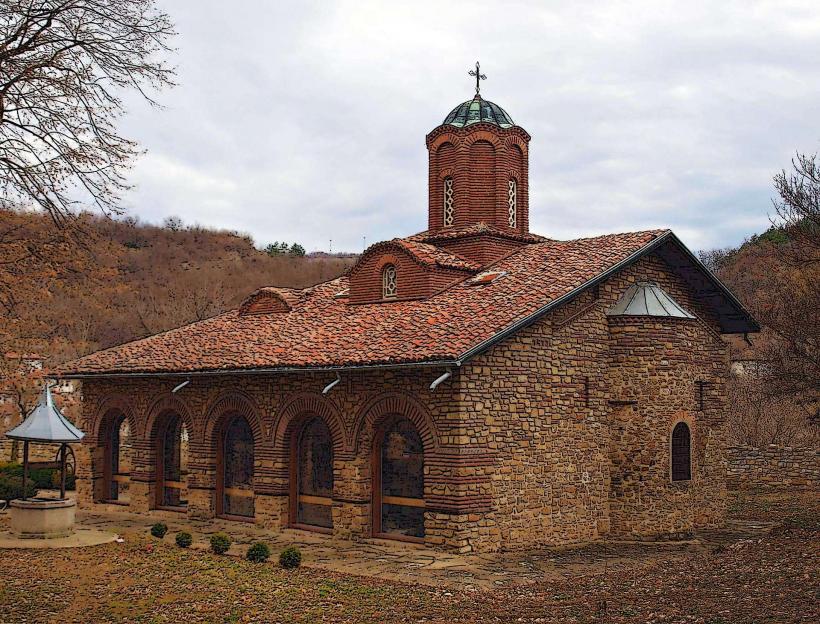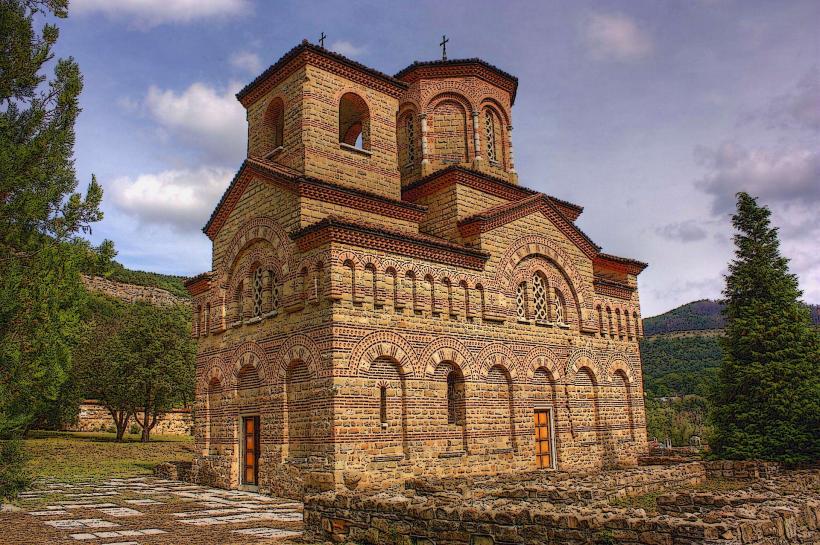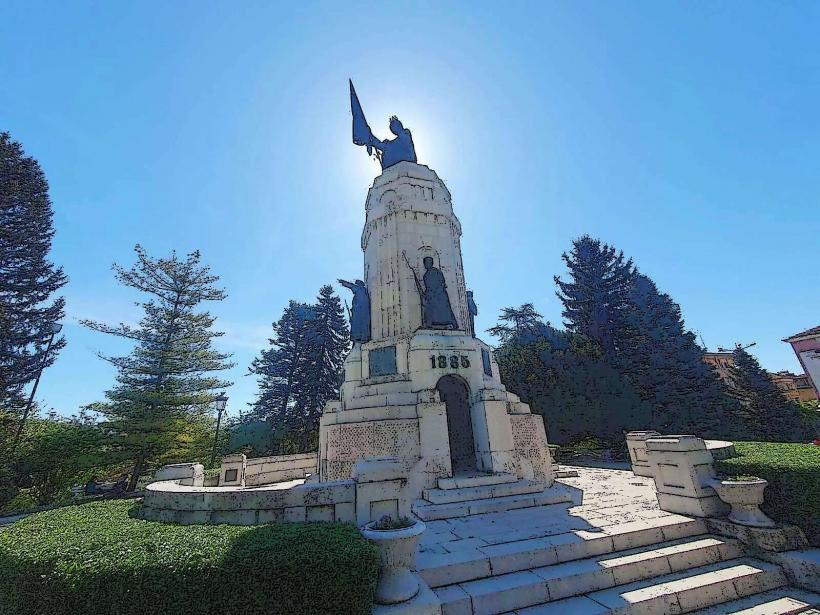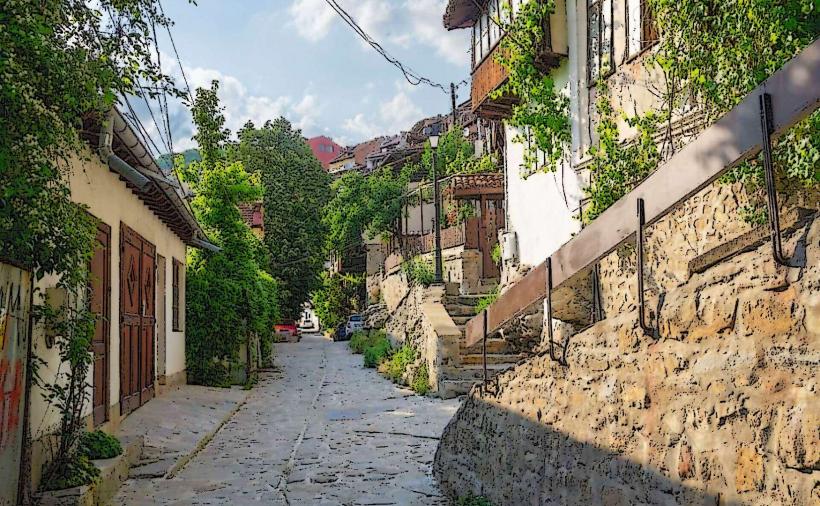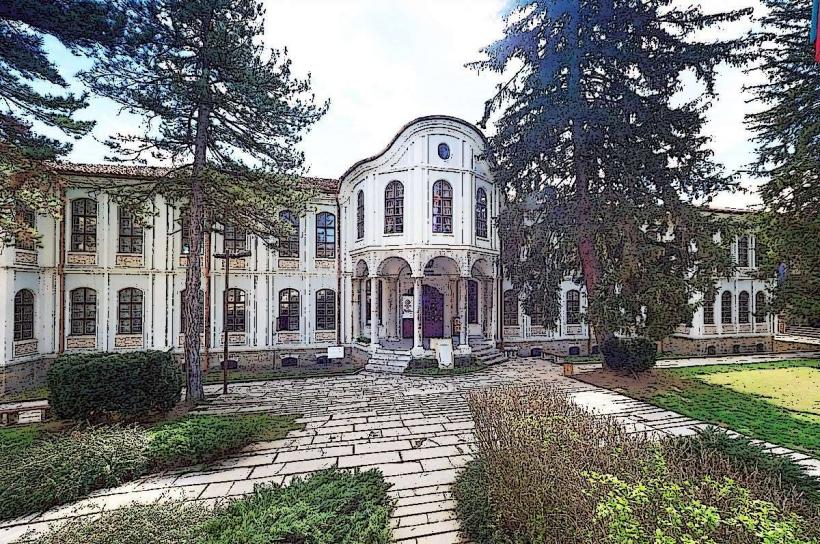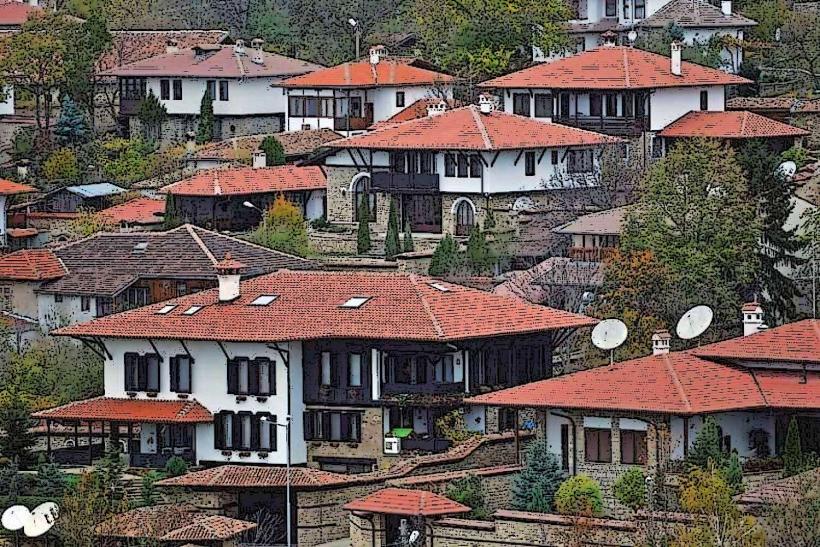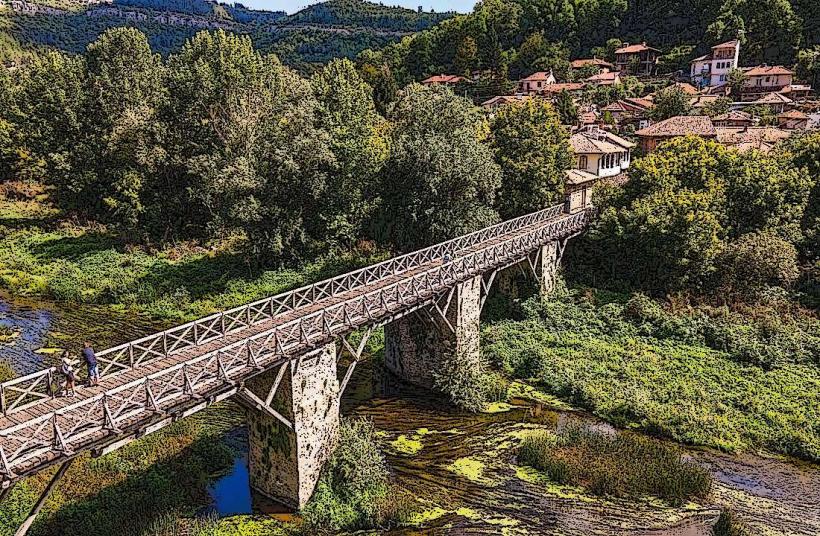Information
Landmark: Archaeological Museum of Veliko TarnovoCity: Veliko Tarnovo
Country: Bulgaria
Continent: Europe
The Archaeological Museum of Veliko Tarnovo is a key cultural institution in Veliko Tarnovo, Bulgaria, showcasing the region’s rich history and archaeological heritage. Located in the heart of the city, this museum is one of the most significant in the country, offering visitors a chance to explore the ancient past of the area, from prehistoric times to the Middle Ages and beyond.
Overview:
- Location: The Archaeological Museum is situated in Veliko Tarnovo, close to the Tsarevets Fortress, which was once the heart of the Second Bulgarian Empire. The museum’s location is ideal for visitors who are also exploring the historical sites of the city, and it provides an excellent introduction to the rich cultural context of the region.
- History: The museum was founded in 1968, though the area’s archaeological significance had been recognized much earlier. It was created to collect, preserve, and exhibit artifacts from the local archaeological sites, including those around Veliko Tarnovo, Tsarevets, and surrounding areas.
Key Features:
Exhibits and Collections:
- The museum's collection spans a wide array of artifacts from different historical periods, including the Prehistoric (Neolithic, Chalcolithic), Thracian, Roman, Medieval (Second Bulgarian Empire), and Ottoman periods.
- Notable exhibits include prehistoric tools, pottery, sculptures, coins, religious artifacts, and weapons. These pieces offer insight into the everyday life, culture, and military history of the people who lived in the area over the millennia.
Prehistoric and Ancient Artifacts:
- One of the key highlights of the museum is its extensive collection from the Neolithic and Bronze Age, providing a glimpse into the earliest human settlements in the region. The museum displays prehistoric tools, figurines, and pottery that reflect the evolution of early civilizations.
- The Thracian collection is also a major attraction, featuring items from the ancient Thracian culture that flourished in the region. The museum includes Thracian tombs, gold jewelry, and funerary artifacts, showcasing the artistic and spiritual practices of the Thracian people.
Medieval and Roman Artifacts:
- The museum holds an impressive collection from the Roman period, including Roman statues, mosaics, coins, and military equipment. This collection highlights the area's importance as part of the Roman province of Moesia and later Dacia.
- The Medieval collection is dedicated to the Second Bulgarian Empire, the period when Veliko Tarnovo was the capital of Bulgaria. Visitors can explore medieval weaponry, religious icons, coins, and inscriptions, as well as replicas of fortress defenses and architectural elements that were part of the city’s grandeur.
Theological and Religious Artifacts:
- The museum houses a significant number of religious artifacts, especially from the Byzantine and Bulgarian Orthodox traditions. This includes icons, crosses, and liturgical objects that illustrate the region’s religious practices over the centuries.
- The collection also includes pieces related to the Christianization of the region, as well as artifacts from the Bulgarian Revival period, when there was a renewed interest in national and religious identity.
Modern Exhibitions and Temporary Displays:
- The museum hosts a range of temporary exhibitions and educational programs, focusing on specific themes, historical events, or newly discovered archaeological finds. These exhibitions often include hands-on activities, workshops, and lectures to engage visitors in learning about the region’s past.
- The museum also collaborates with other archaeological institutions and universities, providing a space for research and the presentation of ongoing archaeological projects in the area.
Educational Programs:
- The Archaeological Museum of Veliko Tarnovo offers a variety of educational programs for both school groups and individual visitors. These programs are designed to introduce younger audiences to the historical and archaeological significance of the region.
- The museum also provides resources for scholars and researchers, with a library and archives dedicated to archaeological studies in the Veliko Tarnovo region.
Museum Architecture and Layout:
- The museum building itself is an architectural gem, featuring a combination of modern and traditional Bulgarian design elements. The layout is spacious, with large halls and well-lit galleries designed to display the artifacts in the best possible way.
- The museum is also equipped with interactive displays and multimedia presentations to help visitors understand the historical context of the artifacts they see.
Special Archaeological Sites:
- Many of the artifacts displayed in the museum were unearthed from the Tsarevets Fortress, a major archaeological site in Veliko Tarnovo. The fortress was the seat of the Bulgarian tsars during the Second Bulgarian Empire and is a key feature of the museum's exhibition.
- Additionally, the museum often collaborates with archaeologists working at other nearby sites, such as the Prehistoric settlements in the Yantra River Valley or the Medieval churches in the surrounding region.
Visitor Experience:
- The museum is a must-visit for anyone interested in Bulgarian history and archaeology. It offers a unique opportunity to delve into the past of one of the most historically significant regions in Bulgaria.
- The museum is open year-round, with informative tours available in multiple languages. Visitors can explore the exhibits at their own pace, or they can opt for guided tours to gain deeper insights into the collections.
Conclusion:
The Archaeological Museum of Veliko Tarnovo is a treasure trove of artifacts that illustrate the long and diverse history of the region, from its prehistoric roots to its importance as a medieval capital. Whether you're a history enthusiast, a student of archaeology, or a casual visitor, the museum offers a fascinating journey through time. The combination of ancient artifacts, interactive exhibits, and educational resources makes it an essential stop for anyone interested in the rich cultural heritage of Veliko Tarnovo and Bulgaria.

